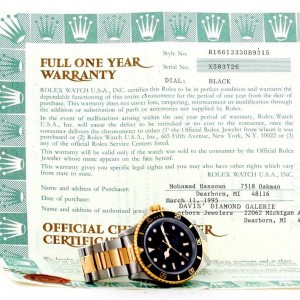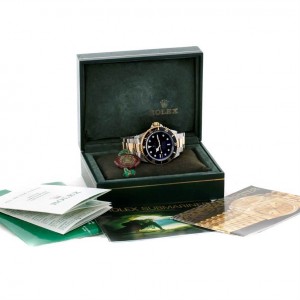Let’s begin with a reflective glance at the accuracy of my 2023 predictions. The assertion that the luxury market’s trajectory would hinge on China’s economic rebound post-Covid turned out to be prescient. The luxury-watch market, entwined with China’s economic fortunes, witnessed a two-year descent by Jan. 1st, 2024, as China’s economic performance fell short of expectations. 

Shifting focus from China to India, where more American companies are redirecting their attention, replica Rolex is poised to experience a surge. The strategic foresight anticipates a burgeoning market in India, signaling positive prospects for the Swiss watchmaker.
In the realm of movements, my predictions concerning Rolex’s transition to a new generation were substantiated. The discontinuation of Milgauss and Cellini in 2023 aligned with my forecast, and the updated Daytona with a new movement reinforced the accuracy of the prediction. The anticipation of a new Yacht-Master II in 2024 gains credibility with copy Rolex filing a captivating patent for a countdown chronograph movement.
As we step into 2024, I foresee the secondary market softening as Rolex streamlines deliveries. Temporary manufacturing sites in Romont and Villaz-Saint-Pierre, operating until the Bulle facility launches in 2029, underscore Rolex’s commitment to addressing supply-demand imbalances.
Looking further ahead, artificial intelligence (AI) emerges as a transformative force in watchmaking. Beyond design and engineering, AI is poised to revolutionize online customer service. Predicting a near-future scenario where luxury brands like Rolex embed machine-learning tools into their websites, I envision AI-driven digital assistants aiding customers in model selection, availability checks, and more.
Rolex’s evolution in embracing the internet is evident, from a late entry into Twitter in 2012 to the present, where high-quality content on social media is a daily affair. The prediction for Rolex’s foray into TikTok in 2024 aligns with the brand’s commitment to staying abreast of the latest social media trends.
On the web front, Rolex’s initiatives, like the “Rolex e-corner,” demonstrate a commitment to assisting retailers in increasing online visibility. CEO Jean-Frederic Dufour’s longstanding belief in the power of the internet is evident, dating back to a 2012 video where he highlighted the role of digital technologies as the communication tool of the future.
The incorporation of AI into watch design, as exemplified by ChatGPT’s Rolex designs, signifies a fascinating synergy of technology and creativity. While AI serves as an inspirational tool for designers, the irreplaceable touch of human designers is acknowledged for producing iconic, uncodifiable designs like the Pepsi GMT and Paul-Newman dial.
As we stand at the forefront of a technological transition, the potential of AI to enhance not only designs but also horological innovations is acknowledged. The optimistic outlook for the future envisions AI contributing to groundbreaking technologies, creating better-designed and better-built replica watches than ever before.
Amidst the challenges that 2024 may pose for the watch industry, the integration of AI opens doors to transformative possibilities for Rolex, hinting at a future where technology and craftsmanship harmonize to redefine the horological landscape.


